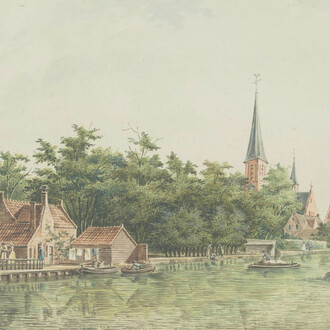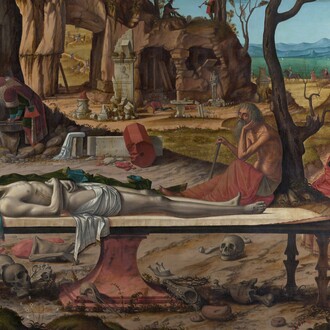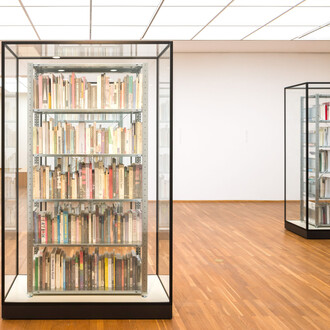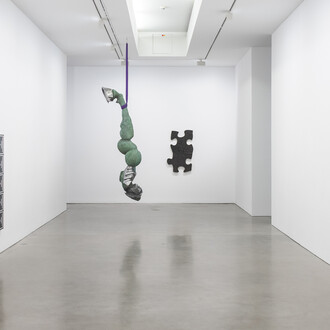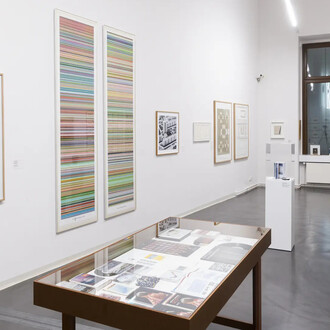Rembrandt Hermanszoon van Rijn (1606–1669) was not just a virtuoso of oil painting, he was also a lodestar in the graphic arts and printmaking. During his own lifetime, Rembrandt’s prints were admired, collected, and soon gathered together in catalogues. The assignations of Rembrandt’s authorship were initially more acts of assertion than critical appraisals. While the catalogues raisonnés from the 18th century recorded up to 375 graphic works by the great master, today, only some 290 etchings are considered to have been made by Rembrandt’s hand. Some 350 years after his death, the works have lost none of their appeal, and the name Rembrandt has become a brand.
Among artists as well, Rembrandt found countless admirers and imitators. The Berlin-based painter Adolph Menzel (1815–1905) wrote the following to a friend in April 1844:
“Recently I’ve been drifting about a lot in the Kupferstichkabinett, enjoying the engravings of the Dutch, above all Rembrandt, who is the crown jewel among them all. The more often one looks through his work, the more awestruck one becomes…!”
Menzel studied Rembrandt’s works in the 1840s in the Berlin Kupferstichkabinett, which was then open to the public in Monbijou Palace, in the vicinity of the Museumsinsel. Inspired by the style of this great master of etching, Menzel, who was trained as a printmaker, began experimenting with the medium, even trying his hand at the etching needle. This exhibition focuses on Rembrandt’s engravings that Adolph Menzel was able to study in the Berlin Kupferstichkabinett of the 1840s, and features 25 of Rembrandt’s prints, and four works by Menzel that resulted from his engagement with the Dutch master.





